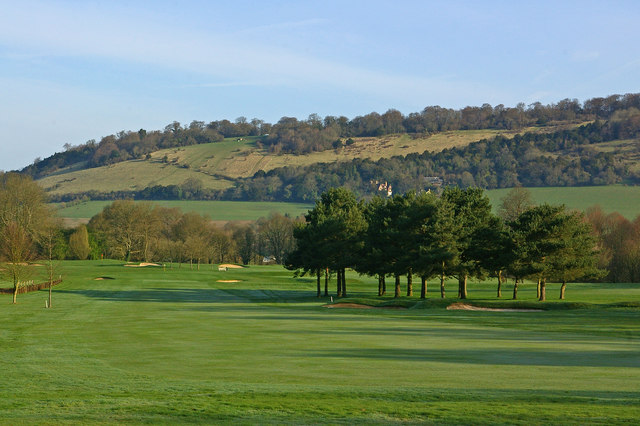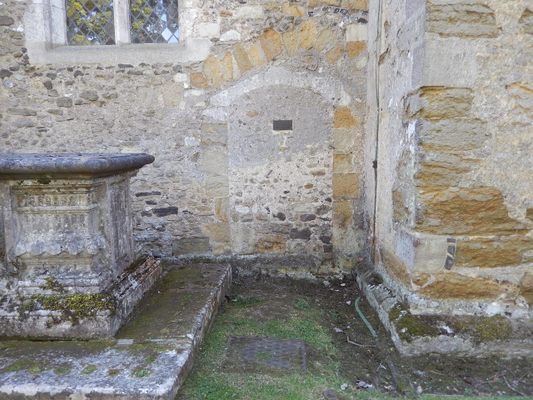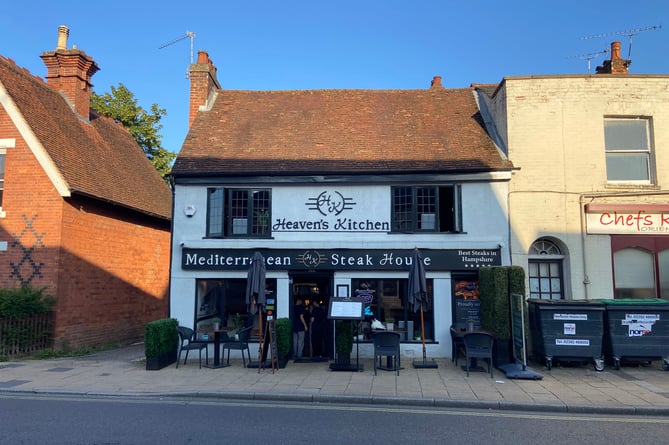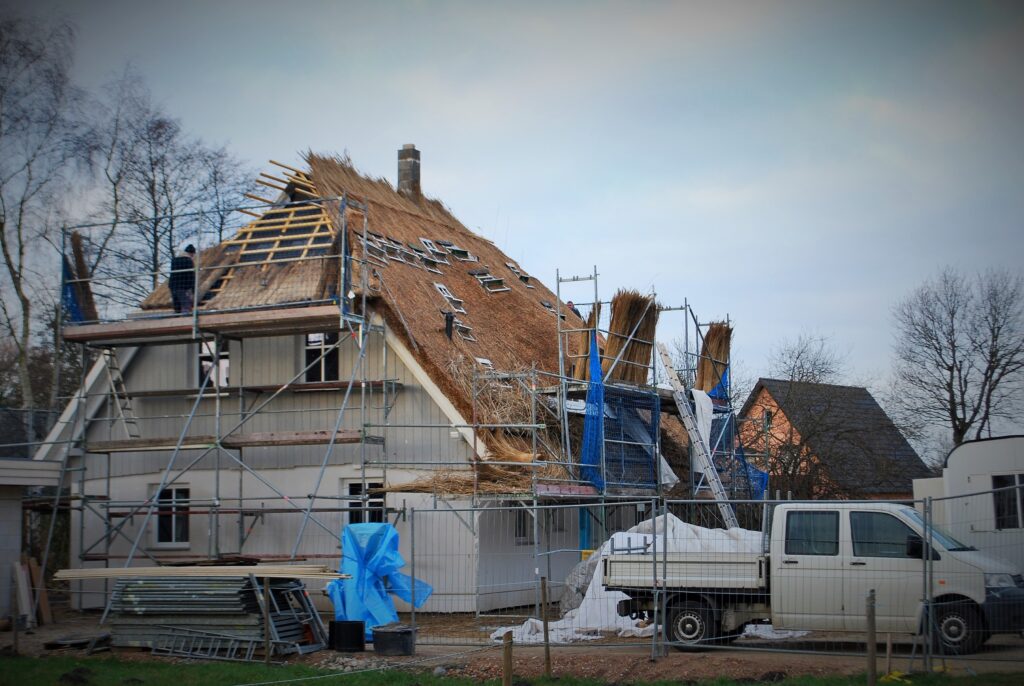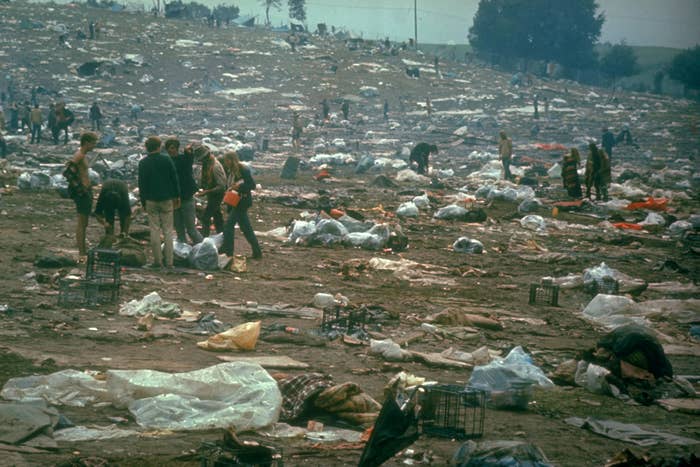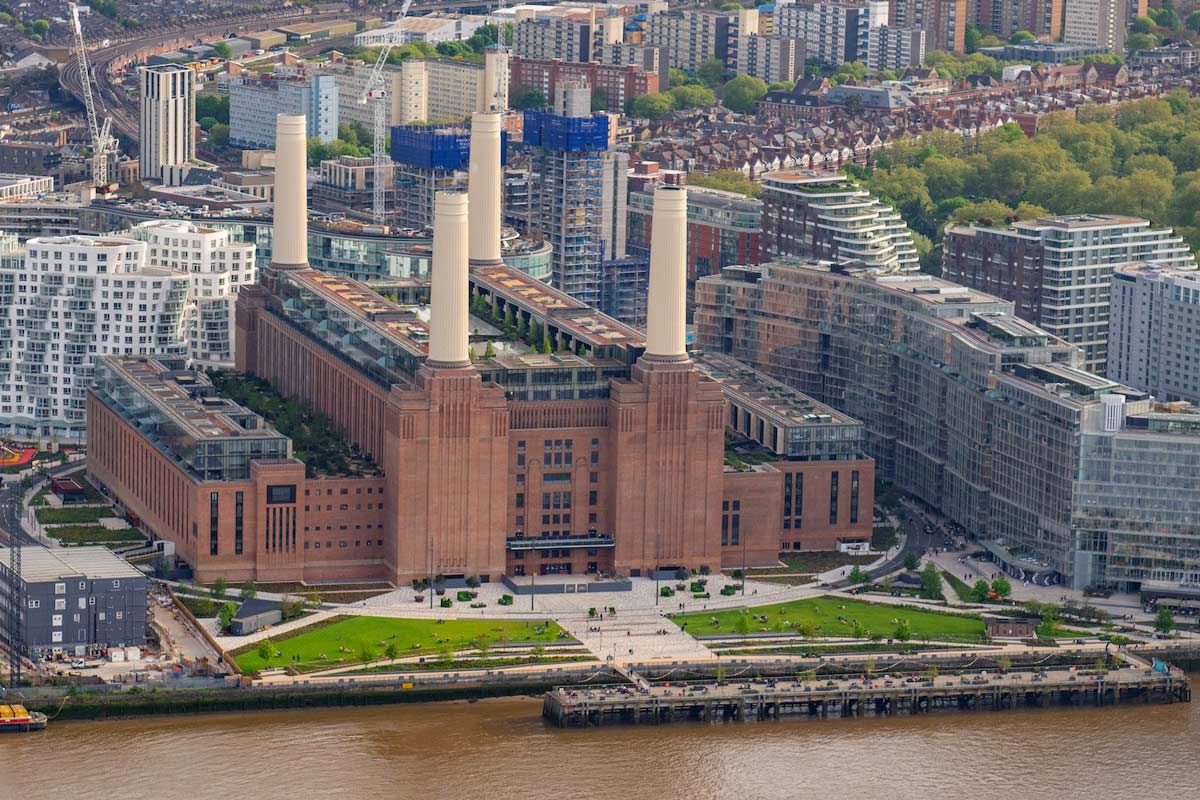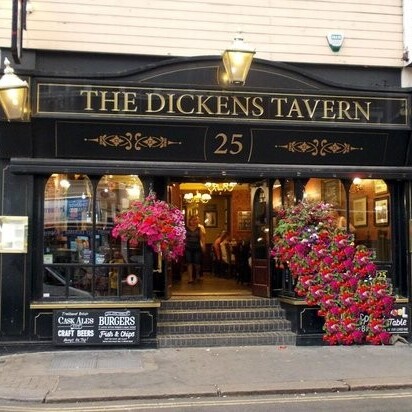* * * *

* * * *
Welcome to the “Georgia Wasp…”
This blog is modeled on the Carolina Israelite. That was an old-time newspaper – more like a personal newsletter – written and published by Harry Golden. Back in the 1950s, people called Harry a “voice of sanity amid the braying of jackals.” (For his work on the Israelite.)
That’s now my goal as well. To be a “voice of sanity amid the braying of jackals.”
For more on the blog-name connection, see the notes below.
In the meantime:
December 14, 2025 – The last post updated my August hike on England’s Canterbury Trail.
To review, on Monday, August 18, my brother and I hiked 10.5 miles from the Travelodge Dorking on Reigate Road to 2 Redstone Hill and the Travelodge Redhill. (A “thriving town” southwest of Surrey on the North Downs Way – and a main shopping destination blending “attractive Victorian buildings alongside modern architecture.”) Later that day, after checking in and laundry, we treated ourselves to a stop at a convivial English pub, the Garland in Redhill.
The schedule for Tuesday August 19 called for a 13-mile hike to the Days Inn by Wyndham Sevenoaks Clacket Lane, Westerham. The hiking forecast? “Another ‘restricted route or private roads.’ Mostly flat.” But there was a difference. This day I’d be hiking on alone.
Carol – brother Tom’s wife and a normal hiking companion since the 2019 Portuguese Camino – was back home in the States taking care of some personal business. But she was flying over on the 20th, so Tom planned to take the train up to London on the 19th to meet her early-arriving flight. Then we would all meet up on the 20th at Yu’s Guest House in Dunton Green. (A town that was home to the Rose and Crown Vintage Pub, according to my homework.)
Back to the hike on the 19th. Tom planned to take the train to London from Merstham station, but that was only two miles up from the Travelodge Redhill. So, he figured to hike on with me a bit, then backtrack to the station. (This was after we got another Pilgrim Stamp at St Katherine’s Church, Merstham, “which has existed for 1400 years.” It was a mere half mile up further, after we checked out the train station.) We ended up hiking on a bit and then parted ways at the outskirts of Chaldon, two more miles farther on. And then I was on my own.
My goal was the Days Inn Sevenoaks Clacket Lane, and Google Maps showed several ways to get there. I wanted to go by way of Oxted, for reasons I’ll explain in a minute, but first I had to work my way down below the busy M25 motorway, which led to this note later in the day:
Followed the North Downs Way until I had to shunt south to get below the raging M25 highway. Found the Old Bell pub, a definite highlight. Made it to the lodging on Clackett Lane by 5:00, after ten hours on the Trail, with “shunts” and breaks. Tomorrow a mere seven miles to Dunton Green. Then a day off, followed by six straight days of hikes.
I added that after reaching the Old Bell (“a cosy country pub in Oxted”) I’d finally found a “place with Wi-Fi (and a pint) after leaving the lodging in Redhill at 7:03 this morning.” Which requires some explanation – for those who may follow in my footsteps in years to come.
Both Travelodges we stayed at had free Wi-Fi, but only for 30 minutes. I thought that meant you’d get a new 30 minutes the day after you’d got your first 30 minutes, but no, that was 30 minutes period. If you stay at a Travelodge in that area for two successive nights, you get one bout of 30 minutes free Wi-Fi. (And they keep track.) That meant I had no Wi-Fi at all on the morning of the 19th, or anywhere along the Trail until I reached the Old Bell pub. Which led to the Facebook comment that according to the Old Bell’s Wi-Fi I had “four miles left to tonight’s lodging. And it is way hotter than I expected for nice and cool England.” And that I would add more later, “assuming tonight’s lodging has more than 30 minutes ‘free’ Wi-Fi.”
But first some information about the hike just after Tom and I parted ways. From Chaldon I hiked on two miles to a panoramic sign “Caterham Viewpoint,” showing “a few key points of interest which can be seen from here.” That included, off to the right (to the east) the Anne of Cleves House. (Given to Anne “at the end of her short-lived marriage to Henry VIII – although she never lived there.”) The last picture I took that day showed a sign for Hanging Wood Forest Farm, with another sign below it, “local raw honey” nestled among the foliage.
At 1:15 I stopped at another combo garden place with a cafe, the Knights Garden Centre, “just east of the junction of the A22 and the A25.” (The A25 is also know as Oxted Road.)
Set in the rolling hills of the surrey countryside, our Nags Hall centre has grown up around a beautifully preserved Victorian walled garden and historic woodland. Over 75 years it has developed from a traditional nursery into an award-winning garden centre and no visit is complete without enjoying a meal in our beautiful award-winning Walled Garden Restaurant.
There I got a salad and what passed for an iced coffee in the UK, with nary of bit of sweetener. (Back home I get RaceTrac iced coffee with French Vanilla creamer “added to taste.”)
I got the hefty salad because I wasn’t sure what lay ahead, food-wise, but after hiking another mile and a half I found the Old Bell in Oxted, and it was open. (As I hoped.) There I got a pint of Peroni – an Italian beer surprisingly popular in the UK – and a bag of potato chips. And posted some notes on Facebook for later use. (I’ve noted before that if Ernest Hemingway was alive today – and spending time overseas – he wouldn’t write out in pencil and cursive in a pocket notebook, like in that Good Cafe on the Place St.-Michel. He’d be writing out posts on Facebook, both to make his friends back home jealous and for later use in his books.)
After the Old Bell salad and pint I hiked another four miles, first on what became Westerham Road after Oxted, then turning left on Clacket Lane, for the last mile hiking. There I found the Days Inn was part of the Road Chef Clacket Lane M25 service area, and a great service area it turned out to be. I was able to check in by 5:00, “after ten hours on the Trail,” and found the place a veritable paradise. For starters, behind the check-in desk I could see a glass-fronted cooler with any number of cold drinks, including a good number of bottle beers. I had one to enjoy during the check-in process, then made the way to my room to unpack and shower.
I reveled in the big room and clean-sheeted bed, not to mention the just-finished beer. Later I went over to the food court and had a touch-of-home McDonald’s combo for dinner. Then a short trip to the close-at-hand market for two cans of Gordon’s Special Dry London Gin&Tonic for later. (For which I acquired a taste on the earlier mid-May 2025 “Recon.”) All that and a chance to sleep-in-a-bit made for a wonderful, relaxing evening in paradise.
But little did I know, that evening in paradise led to an oft-harrowing hike on the morrow.
* * * *

* * * *
The upper image is courtesy of Merstham Uk – Image Results. It comes with a page, The North Downs Way > Merstham to Oxted, which has a number of photos of the Trail to Oxted, and commentary.
The lower image is courtesy of the Days Inn Sevenoaks Clacket Lane at Booking.com. See also O-Be-Joyful: Definition, Examples & Quiz – ultimatelexicon.com: “Historical slang from the American Civil War era referring to homemade alcoholic beverages, particularly moonshine or any crude or amateurly distilled liquor.” Or by extension “it can signify any form of strong alcoholic drink aimed at inducing a euphoric state of joy or celebration.” Like after a day of hiking 13 miles.
* * * *
Re: The Israelite. Harry Golden grew up in the Jewish ghetto of New York City, but eventually moved to Charlotte, North Carolina. Thus the “Carolina Israelite.” I on the other hand am a “classic 74-year-old “WASP” – White Anglo-Saxon Protestant – and live in north Georgia. Thus the “Georgia Wasp.”
Anyway, in North Carolina Harry wrote and published the “israelite” from the 1940s through the 1960s. He was a “cigar-smoking, bourbon-loving raconteur.” (He told good stories.) That also means if he was around today, the “Israelite would be done as a blog.” But what made Harry special was his positive outlook on life. As he got older but didn’t turn sour, like many do today. He still got a kick out of life. For more on the blog-name connection, see “Wasp” and/or The blog.
* * * *
